Alongside its more obvious treasures, Rome has an abundance of beautiful water features. There is none more spectacular than the Trevi fountain.
This is the largest Baroque period fountain in the whole of Rome and a timeless masterpiece that was designed by Nicola Salvi and Giuseppe Pannini. The Trevi Fountain takes its name from its positioning at the junction of three roads. At night, the fountain is bathed in golden light, and is simply spectacular.The best way to enjoy the Trevi Fountain is to grab a gelato from one of the nearby stands, and to find a spot on the steps leading down to the fountain. The fountain was constructed almost entirely from travertine stone and Carrara marble, and features the foreboding figure of a bearded Oceanus, who rides upon a concave chariot pulled by horses and two Tritons. In addition, the figure of Abundance is also tangible, holding the Horn of Plenty, while the opposite side of the fountain features a laurel-crowned statue, from whose cup a snake is drinking. This is a truly striking piece of religious imagery. Thirty different species of plant are also carved into the fountain.One of the most famous sequences associated with the Trevi Fountain is from the classic 1960 film ‘La Dolce Vita’ which saw Anita Eckberg dancing in its water. Replicating this scene is probably not a good idea but visitors are at least permitted to drink the water! It is perfectly safe to do, as the fountain’s water supply is sourced by aqueducts sanctioned by the ancient Roman emperor Caesar Augustus, which have been in use since biblical times therefore, the water is clean and consumable.Toss a little loose change into the waters of the fountain for good luck. Mythology states that one coin will enable you to return to Rome, two will guarantee that you fall in love with a Roman, and three will result in marriage. The money donated, which is sometimes up to $4,000 per day, is donated to charity, making the process a worthwhile gesture.The Trevi Fountain is located in the centre of Rome to the east of the Via del Corso. The Barberini Metro station is in the vicinity of the fountain.

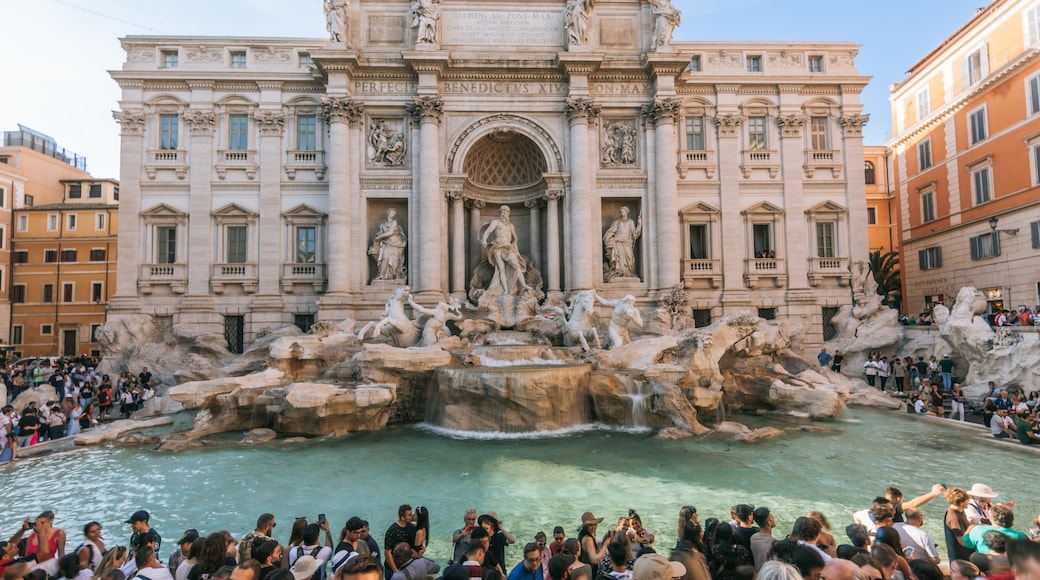
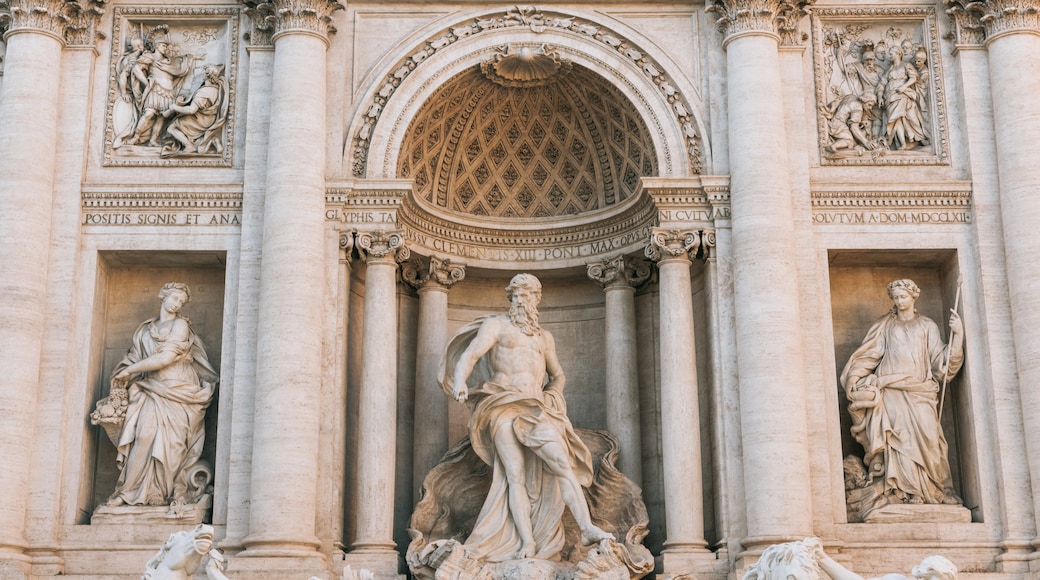
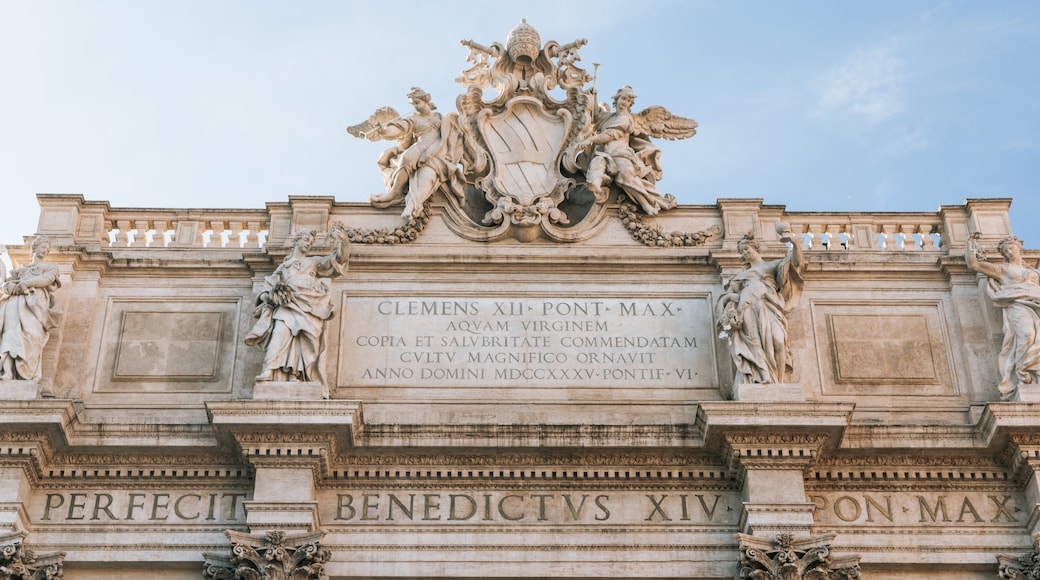
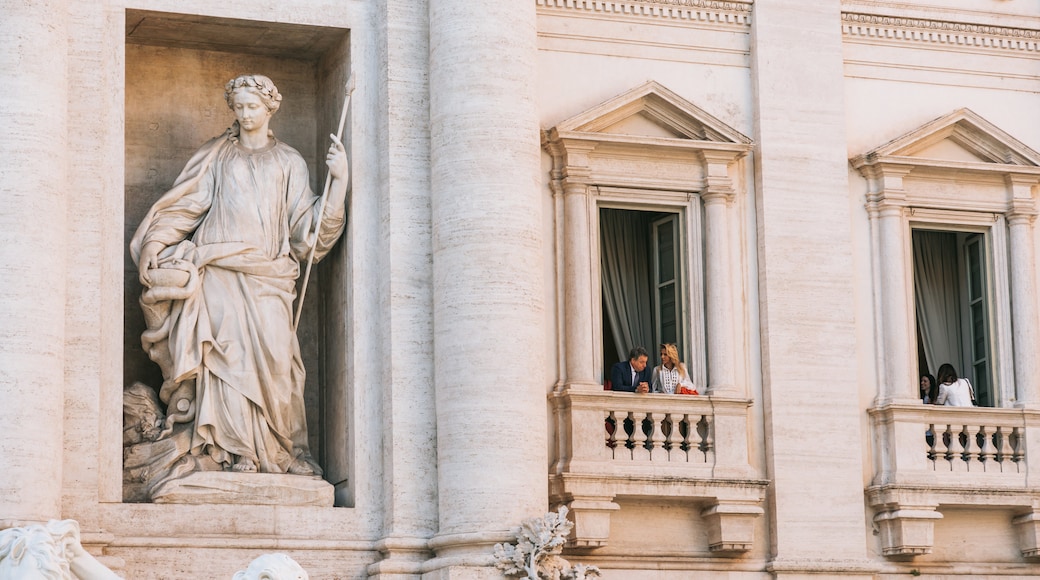



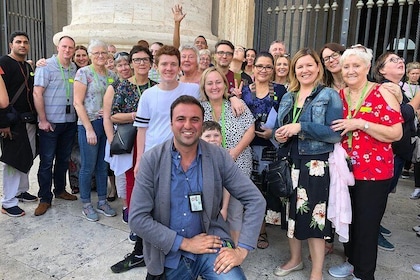
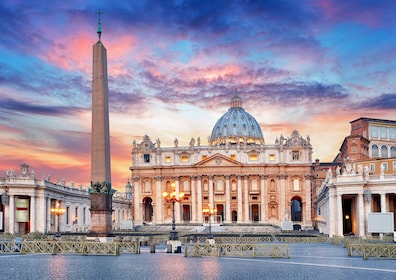



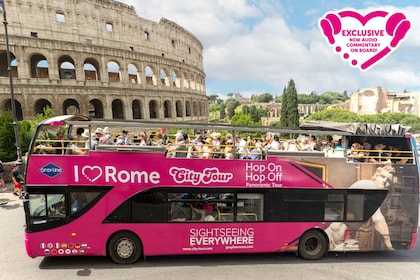
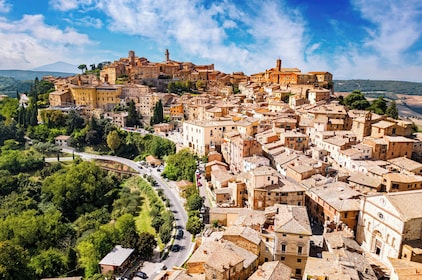

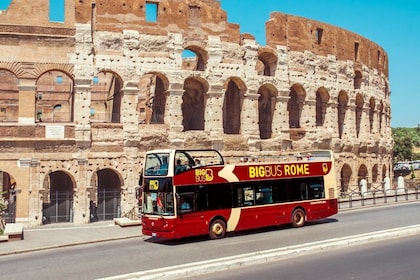





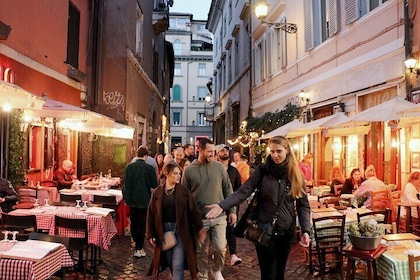





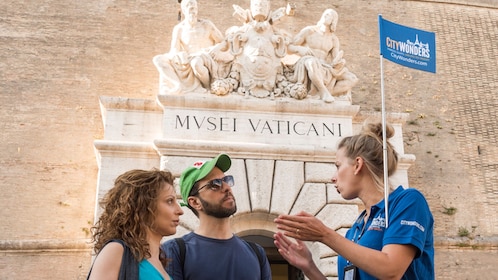


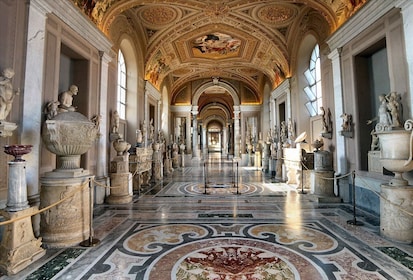

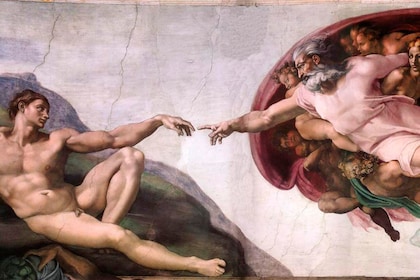



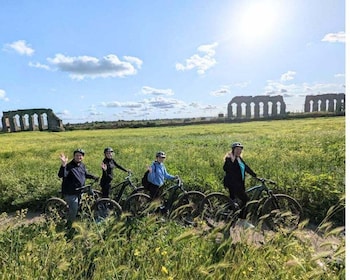

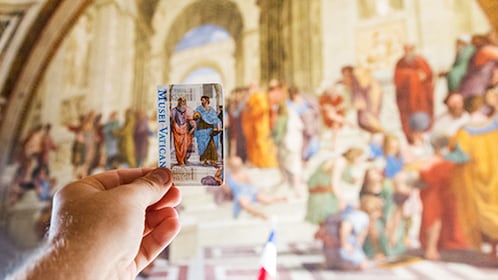
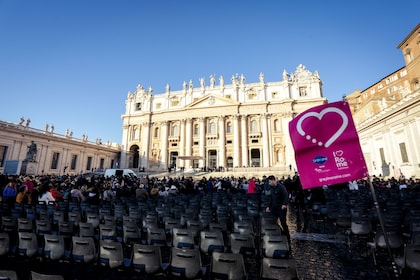




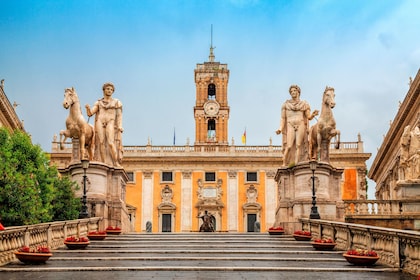

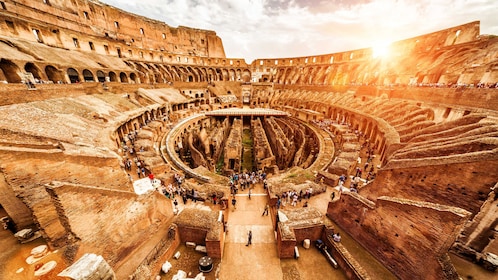




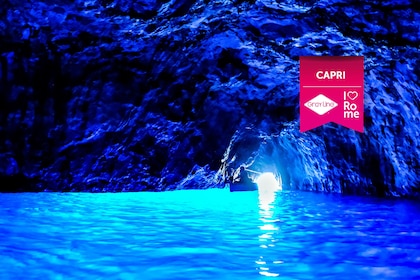



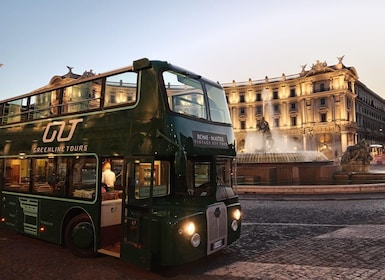

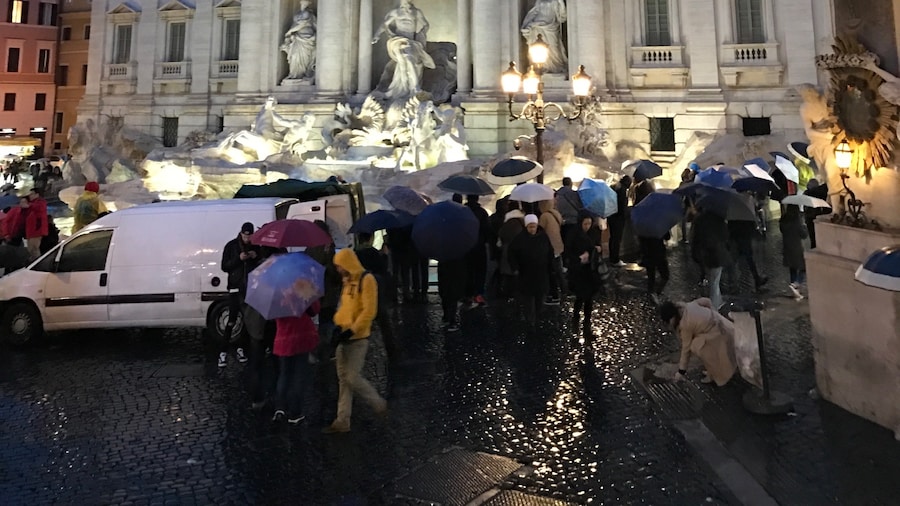
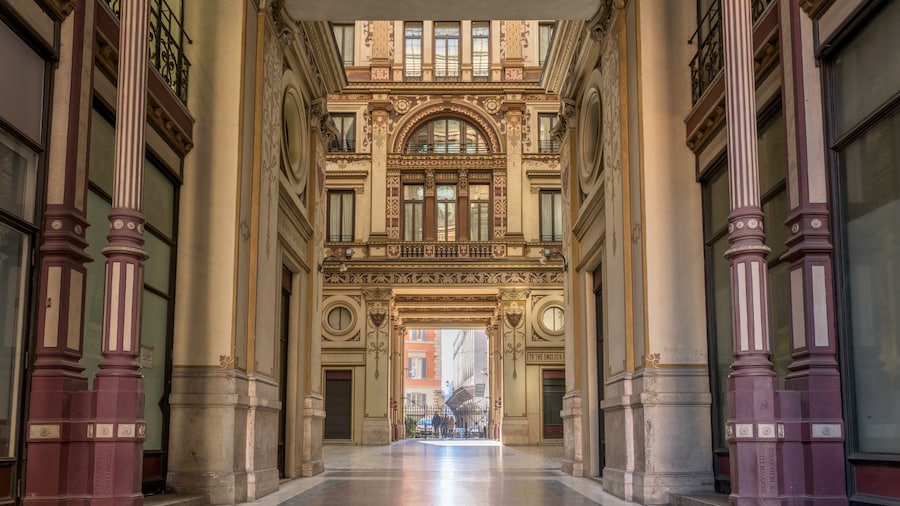

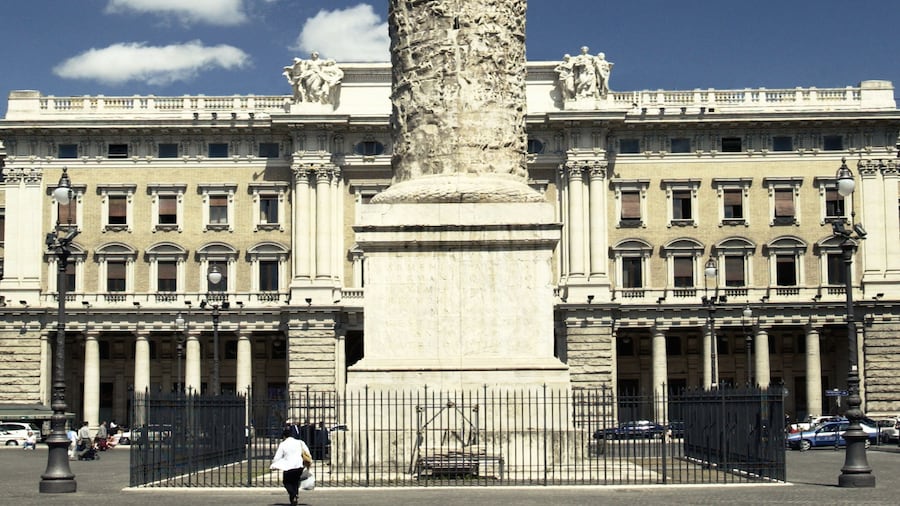









 Calendar Month
Calendar Month Temperature
Temperature Precipitation
Precipitation Cloudiness
Cloudiness Occupancy
Occupancy Pricing
Pricing